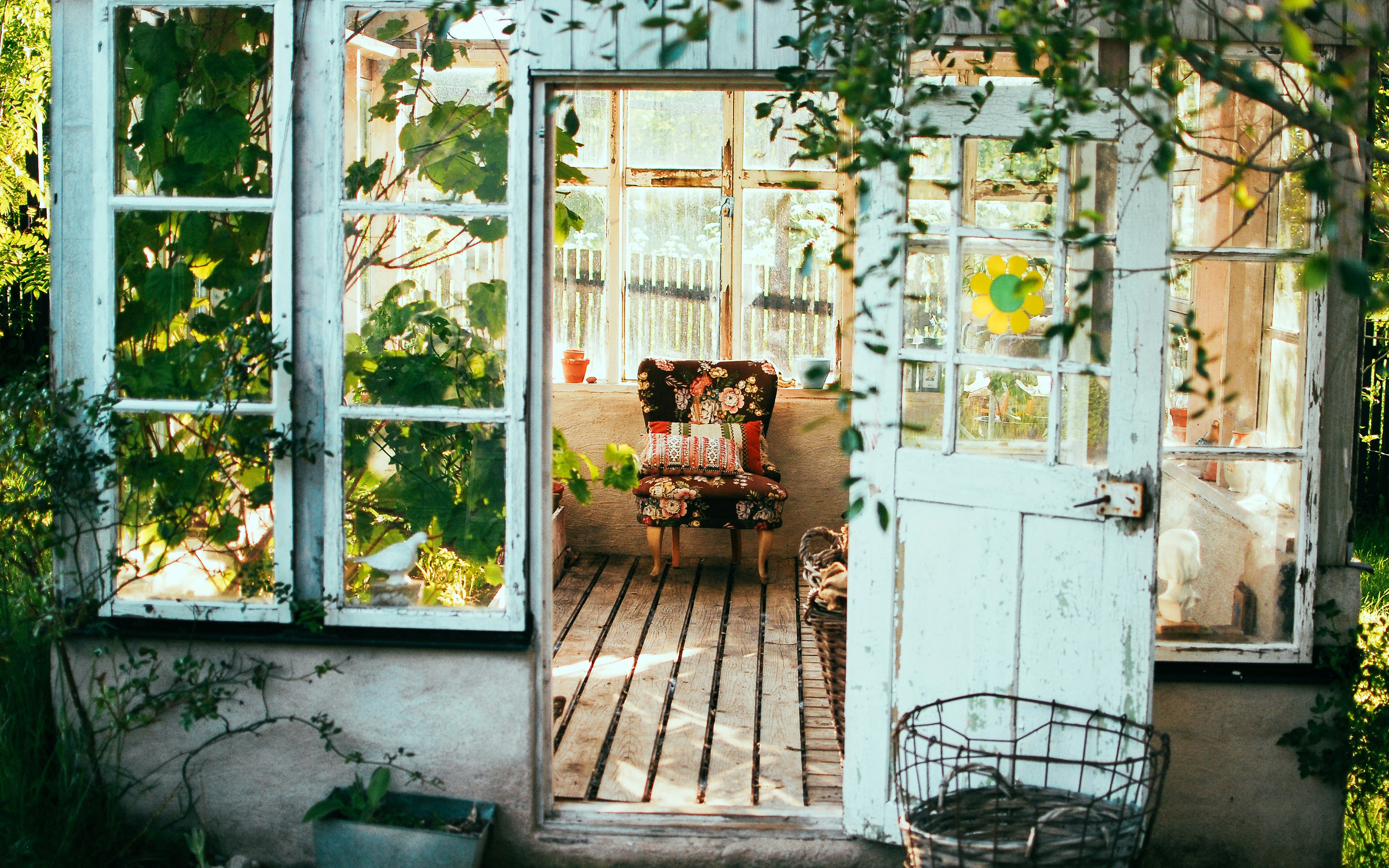"Transforming Small Spaces: The Rise of Compact Living and Its Design Implications"
Introduction: In the modern world, as urban spaces become increasingly crowded and real estate prices soar, more and more people are embracing compact living. This shift has brought forth an array of fresh design challenges and innovations. This article delves into the rise of compact living—its origins, current trends, and the practical ingenuity it inspires in home design.
The Emergence of Compact Living: A Historical Perspective
The concept of compact living has its roots in densely populated urban regions where space has always been a premium. In places like Tokyo, Hong Kong, and New York City, small apartments have been a norm rather than an exception. However, the trend has only recently gained momentum in other parts of the world. Today, as sustainability, minimalism, and economic considerations guide lifestyle choices, compact living is expanding beyond its traditional boundaries.
Compact Living in Today’s Homes: Current Trends and Insights
In the age of shrinking square footage, designers are reimagining spaces to be more functional, flexible, and aesthetic. Multifunctional furniture, smart storage solutions, and innovative spatial layouts are becoming the cornerstone of compact living. For instance, Murphy beds, convertible tables, and loft spaces are popular choices that offer versatility without compromising on style.
Practicality of Compact Living: Market Trends and Lifestyle Enhancements
Compact living is not just about getting by with less space—it’s about optimizing what’s available for a higher quality of life. Market trends show a rising demand for products and solutions that cater to small living spaces. This trend has also influenced the way people perceive and use their homes, with every nook and cranny turning into an opportunity for functional and aesthetic expression.
Compact Living and Home Decor: Embracing Scale and Proportion
In the realm of compact living, decor plays a crucial role. The key lies in embracing scale and proportion—choosing furniture that fits the space, using colors that create an illusion of spaciousness, and incorporating elements that add depth and dimension. Designers are adopting these principles to create small spaces that are not only functional but also visually pleasing and comfortable.
The Future of Compact Living: A Glimpse into Upcoming Innovations
The rise of compact living has paved the way for numerous innovations in home design. Concepts like modular homes, micro-apartments, and movable walls are likely to redefine the future of compact living. Furthermore, technology is expected to play a significant role in making small spaces smarter and more efficient.
In conclusion, compact living, with its unique design challenges and opportunities, is transforming the way we perceive and design our homes. It’s a testament to human ingenuity, proving that with creativity and innovation, even the smallest spaces can become beautiful, comfortable, and functional homes.






